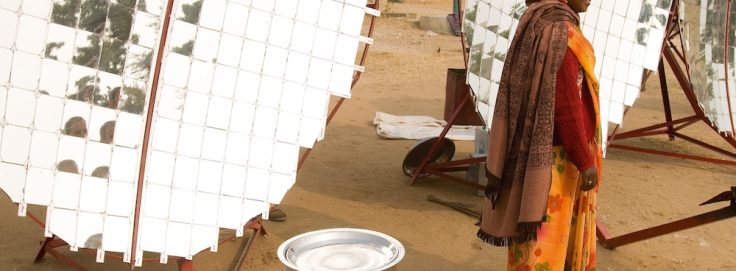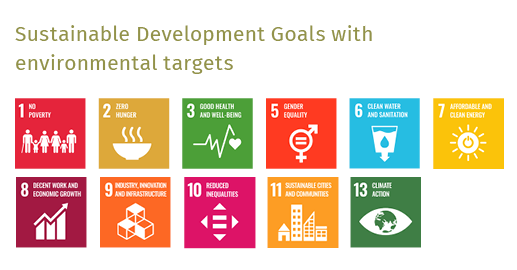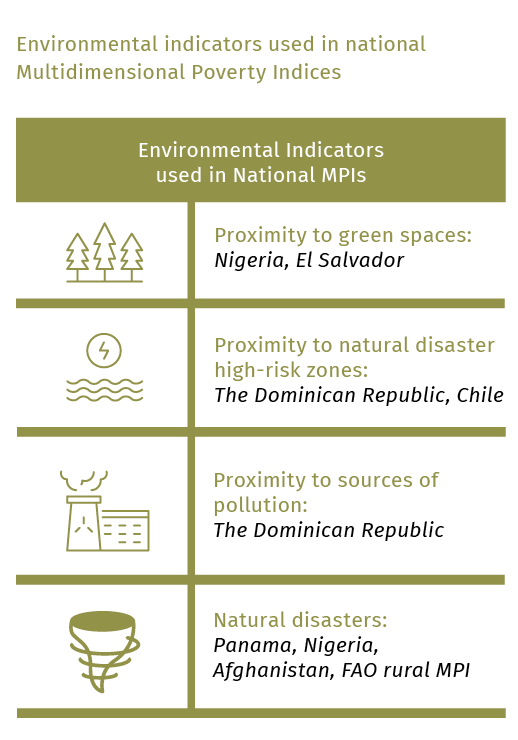
Search
Integrating Environmental Indicators into Multidimensional Poverty Measurement

Environmental indicators are not just a component but a crucial factor in measuring human development. They highlight deprivations that can arise from the lack of access to basic environmental resources, such as clean air and food, or from the aftermath of extreme weather events.
These deprivations are intricately linked with other dimensions of poverty, such as income, health, education, and living standards, underscoring the importance of environmental indicators in poverty measurement.
The global relevance of environmental deprivations is evident in the Sustainable Development Goals (SDGs), which recognise the interconnectedness of environmental sustainability, economic development, and social wellbeing. Environmental indicators are used to track progress towards specific SDG targets in thirteen of the seventeen goals.

For environmental indicators to provide a common language for policymakers to monitor progress and guide policy interventions, environmental deprivations must be measurable, relevant, and actionable. Thus, integrating environmental indicators into poverty measurement is not just a technical exercise but a powerful tool for policymakers, helping them to make informed decisions and take necessary action to accelerate progress toward eradicating poverty in all its forms.
Environmental deprivations in multidimensional poverty measurement
Considering the importance of environmental indicators for measuring human development, one would expect environmental deprivations to feature in multidimensional poverty measurement worldwide.
These are reflected in the indicators concerning environmental deprivations occurring inside the household, such as drinking water and cooking fuel. These indicators are measured as standard across multidimensional poverty indices at national, regional, and global levels. However, environmental deprivations that individuals or households face outside the household are less common, indicating a gap in our understanding. Only six out of the first 42 countries with official national MPI statistics and one cross-regional MPI (the FAO’s rural MPI) have an indicator of environmental deprivations outside the household.

The four environmental indicators which reflect deprivations faced outside the household include: proximity to green spaces, proximity to disaster high-risk zones, proximity to sources of pollution, proximity to green spaces, and natural disasters.
The figure reveals that there is no standardised way to measure environmental deprivations. The reason is that assessing environmental deprivations is context specific, shaped by how individuals and households interact with the environment. Therefore, it is of great importance that relevant environmental indicators are identified which, combined with existing poverty dimensions, will provide a more complete picture of the joint deprivations which those living in poverty face.
Recommendations
There is a growing need to integrate environmental indicators into poverty measurement to paint a more comprehensive picture of poverty and its causes at the national, regional, and global level. However, two distinct strands require further research to integrate these indicators effectively.
First, there is a need to build consensus regarding which environmental deprivations could be universally applicable. For example, indicators measuring the quality of the living environment, such as exposure to sources of pollution and proximity to high-risk environmental disaster zones, only reflect specific contexts.
Environmental indicators are used to track progress towards specific SDG targets in thirteen of the seventeen goals.
One proposal that builds on the limitations of existing environmental indicators could be an indicator measuring the degree of individual or household preparedness for extreme natural events.
This indicator would have significant policy relevance across countries seeking to implement measures to foster resilience to climate change. However, further research and stakeholder consultations are needed to define relevant deprivation cut-offs across multiple contexts.
Secondly, it is crucial to continue researching the application of emerging geospatial datasets, to compute individual or household-level environmental indicators that can be used to compute a Multidimensional Poverty Index. To be suitable for a Multidimensional Poverty Index, these data should accurately measure an individual or household’s achievements within the same reference period as the other indicators that constitute the index.
This article was published in Dimensions 16
















